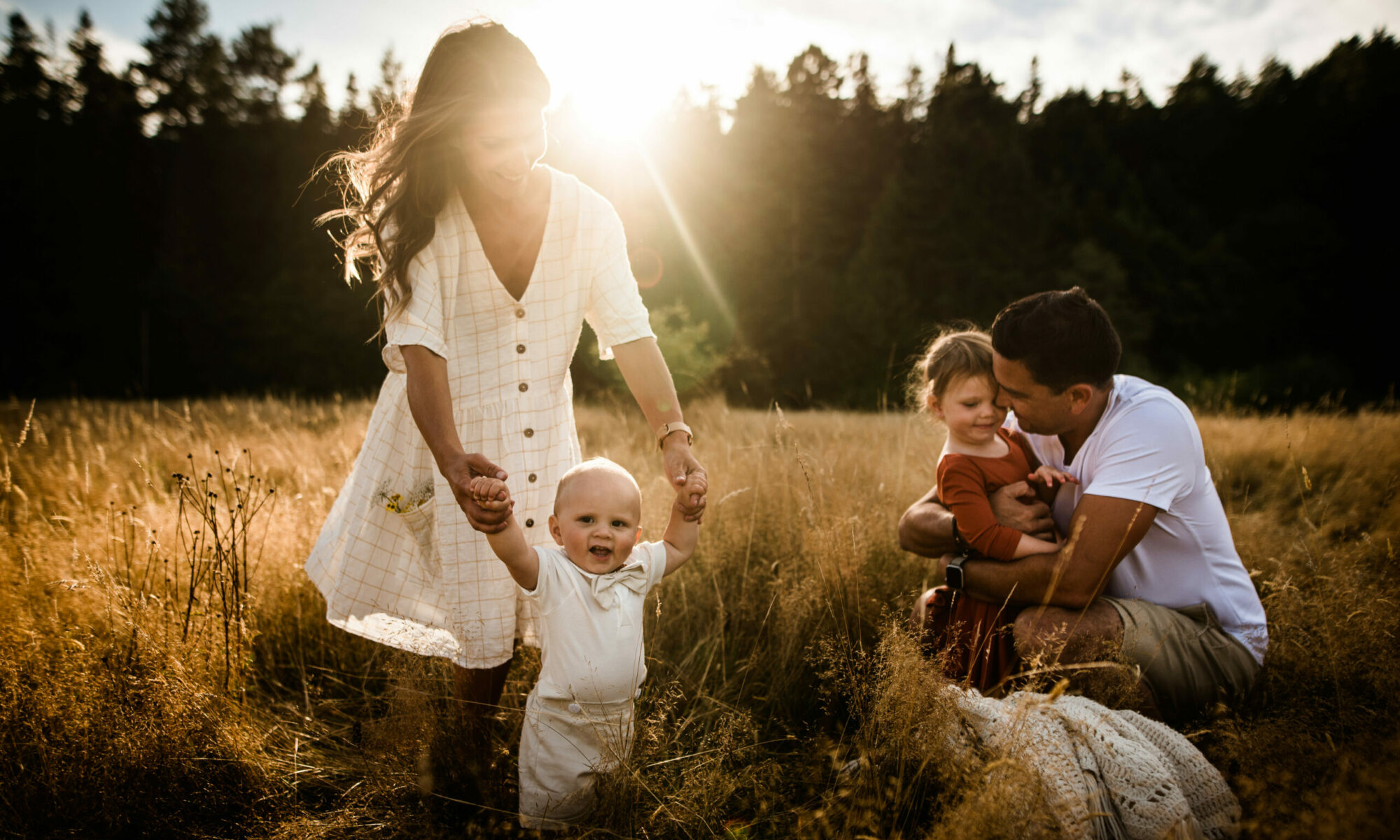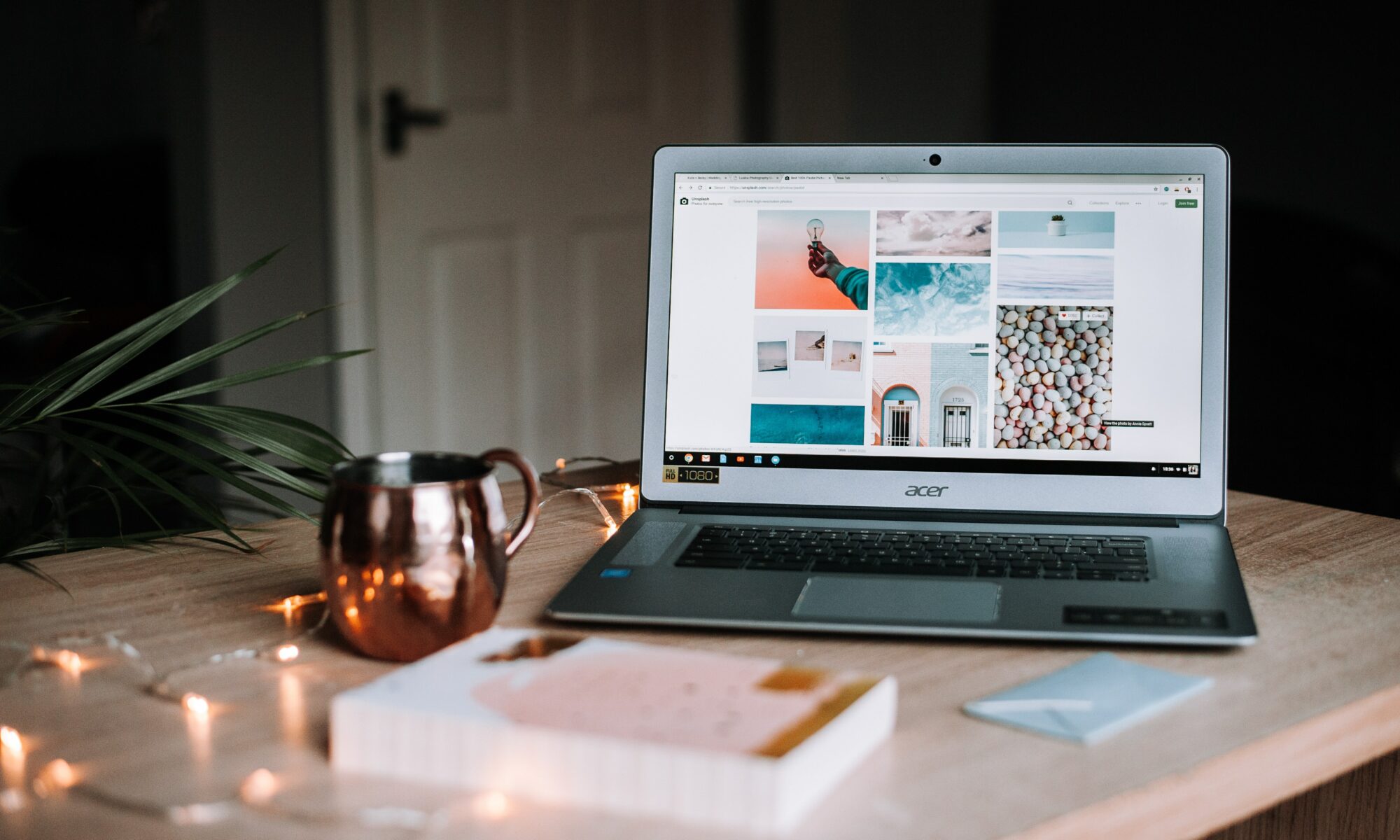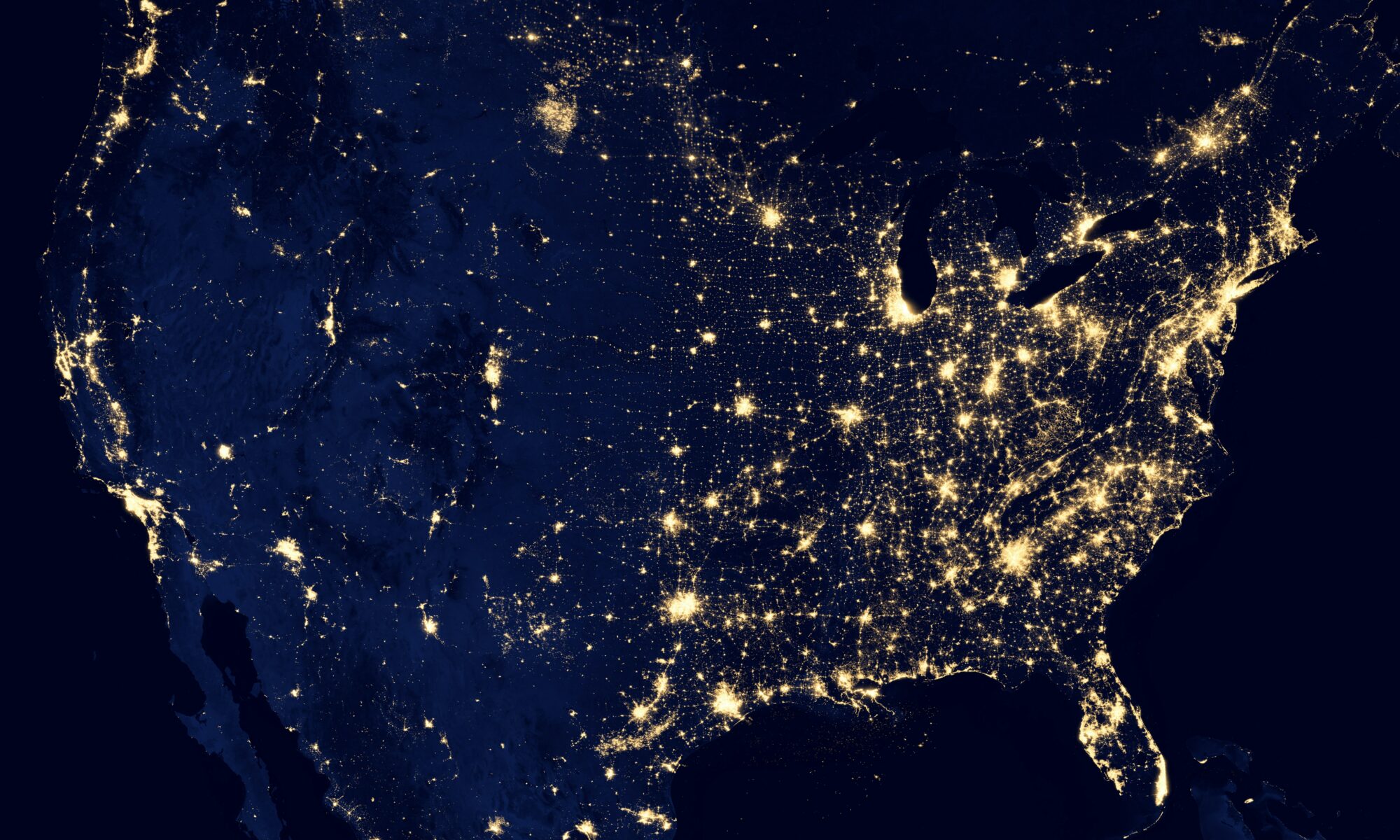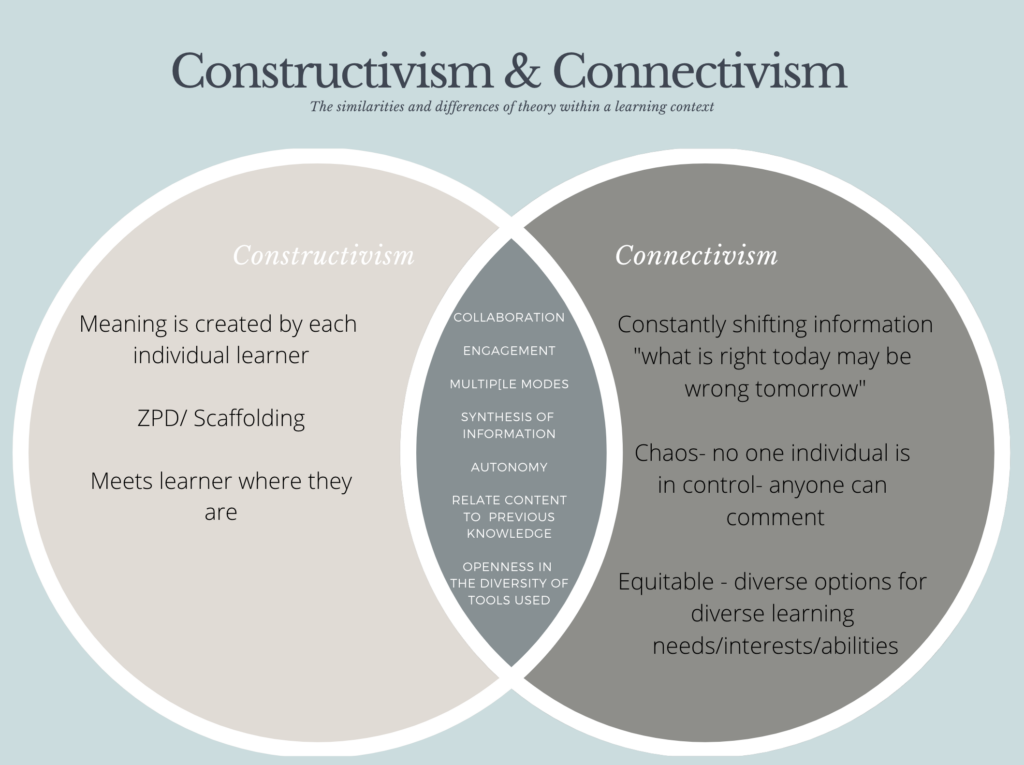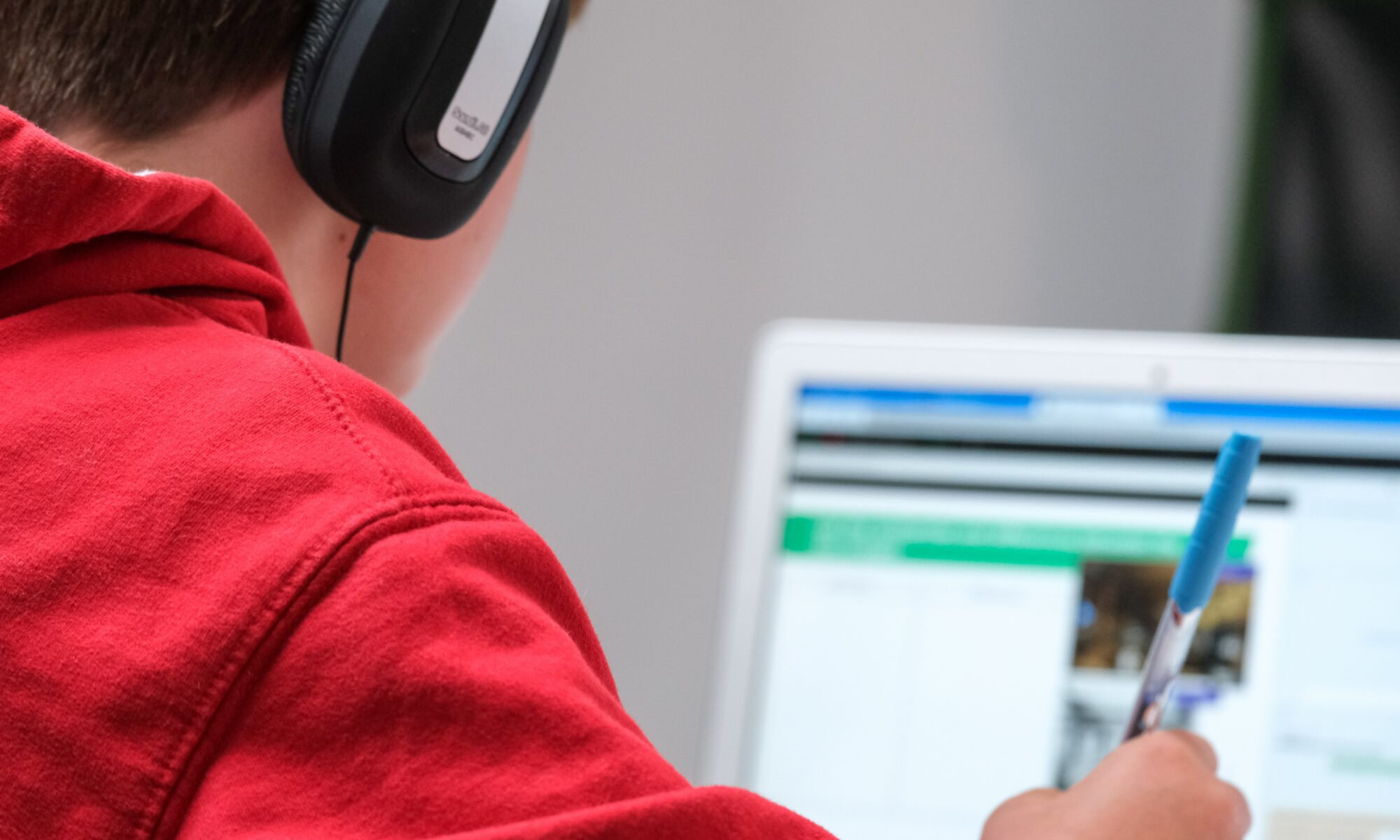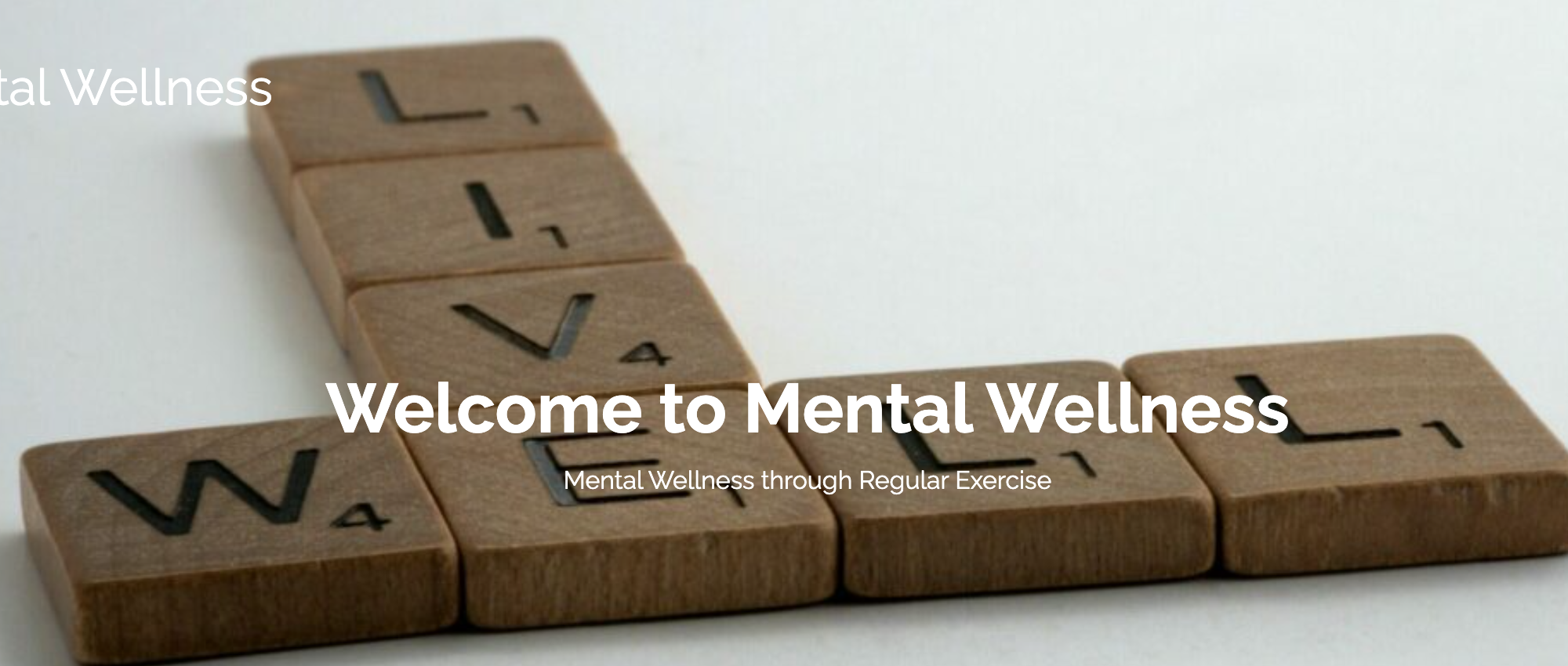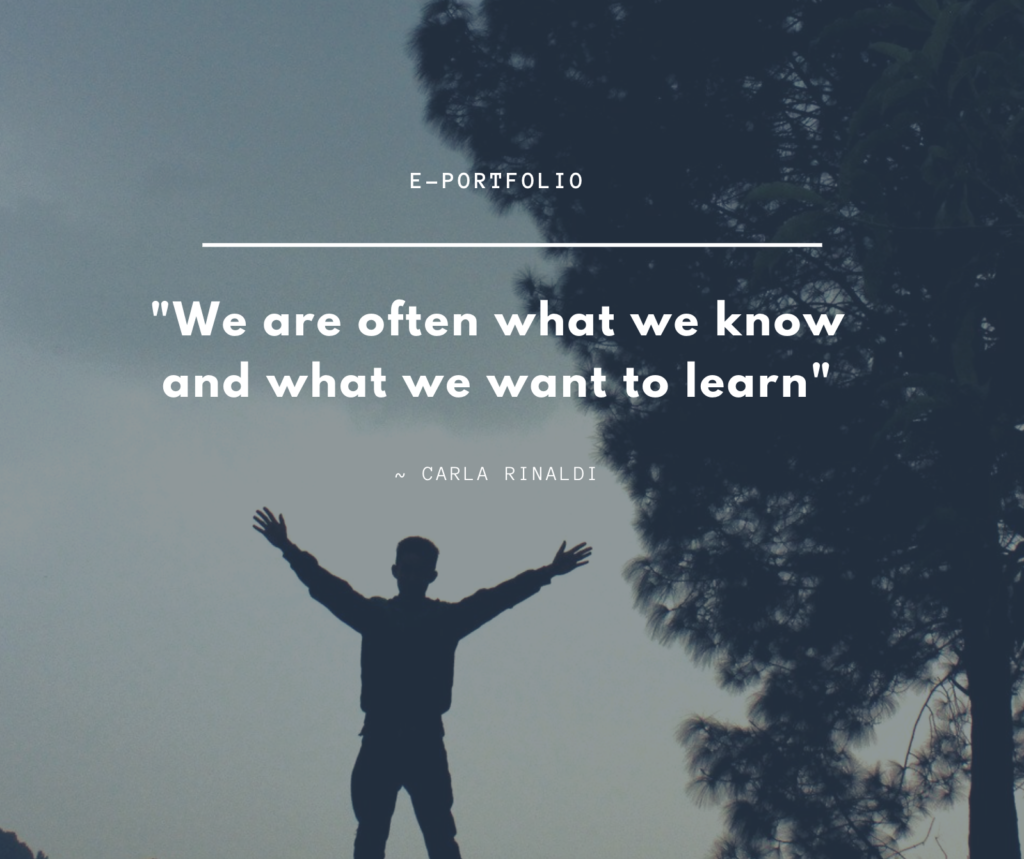
Please click on ALL the underlined links below to take you to the described documentation.
Part 1: Evidence of the Completion of 3 Course Activities & Their Connections to The Learning Outcomes
Activity 1: Wiki Edit
Activity 2: V&R Mapping
Activity 3: Twitter Chat #EDCI339
Part 2: Evidence of Course Readings Through Blog Posts:
Part 3: Evidence of Collaboration
Weekly Collaboration with Colleagues
Link to BrightSpaces Conversations
Discord Conversations Highlights
Part 4: Evidence of Understanding from Course Readings/ Videos
- Canva on Theory– Connectivism vs Constructivism
- Sketchnote Notes – David Porter Interview
- Canva – Twitter Experience
- Canva Mind Map – Jade Davis’ Innovation and translation
- Canva Poster – UDL
Part 4: Final Reflection on the Future of Open and Online Learning
Below is a Canva I made to describe Open and Distributed Learning in my own terms as it is difficult to find any true ONE definition anywhere.
What is Open and Distributed Learning to Me?

My Journey and Future Thoughts on Open and Distributed Learning, Specifically to OERs.
My experience in this course has allowed me to critically analyze the equity, access and human centred learning that open and distributed learning can bring to the table when it is delivered in a Constructivist and UDL fashion. It has also enlightened me to the many discrepancies which still exist in these contexts and has given me ideas of how I can move forward by evaluating, creating and using Open Educational Resources (O.E.RS) in hopes to develop more equity, inclusion and accessibility for learners and educators everywhere.
When I began this course, I was quite unaware of what open and distributed learning entailed, specifically regarding OERs. I had no clue what an OER was, where to find them, or why they were so beneficial. I quickly learned, through readings, Twitter experiences and online discussions, about the CC and the licensing which goes with it, that they are free accessible resources that are available to me. Weller describes OERS as, “educational content with an open licence so [they] could be accessed freely and adapted” and that are, “teaching, learning and research materials in any medium, digital or otherwise, that reside in the public domain or have been released under an open license that permits no-cost access, use, adaptation and redistribution by others with no or limited restrictions” (Weller, 2021). Not only did Weller’s definition allow me to truly understand what an OER was, what they consisted of and where they were found, but it also helped me see WHY they are a VITAL part of creating a more diverse and equitable learning environment.
Since an OER can be remixed, shared and accessed freely and free of costs, learning barriers are being broken down. There is no cost, which makes them more accessible and they exist in multiple mediums which allow them to benefit more users. This reminded me of the WIKI edit we were asked to complete. I was intimidated at first, but I FOUND AN ERROR and I had something to offer. Not only did it make me feel like I had a voice, but I experienced the value in it. Back to the point, OERs can be remixed. Therefore, as Weller explains,“while there is a right answer now, it may be wrong tomorrow due to alterations in the information climate affecting the decision” (Weller, 2020)”, so allowing people to make changes can only serve to increase knowledge and real time answers. Not only that, but remixing an OER, by changing it into Spanish rather than English, allows more accessibility to learners who may not have English as a first language. This breaks down language barriers and demonstrates that the CC, has similar goals to UDL, as they consider the fact that there can be bias, privilege and power imbalance in resources as well as the importance to put the learner first. By allowing an already created resource to be remixed, they are acknowledging this imbalance and putting the HUMAN first by recognizing that the resource could be bettered for MORE, if not ALL humans.
When OERs and open learning are used in settings which allow for scaffolding and the building/sharing of knowledge through collaboration, as well as which practice UDL principles, it presents a more equitable way of learning/teaching. This is because they shift roles and allow the learners to be at the centre of the learning, as well as ask big questions, such as; “who is included and who is excluded and in what ways? (Cronin, 2021). In social settings who is in the room? Who is at the table? Who speaks a lot? Who has social capitol? Who feels welcome? Whose ideas are respected? Who is missing? Who isn’t even in the room? Who is sitting on the margins?Why?” (Robertson, 2021). These questions relate directly to the policies in the CC and in the freedom which exists in accessing them. These policies and questions NEED to be at the forefront if we EVER want to reach equity in open and distributed education. This course was an example of that. We were in charge of our learning with a guide on the side. This is not to say it was easy. I was challenged and I was insecure and unsure if I was doing it “right.” However, it challenged me as a learner and I think I have come out of this course with more skills, more knowledge about open and distributed learning, and with more connections to potential colleagues (or at least more practice collaborating and working with others). I have also come out feeling more creative because I was allowed to use tools that fostered MY way of thinking and improved upon my strengths, rather than struggles.
Now, I know that, “open education narratives have been criticized in [many] respects, as well as for an overall tendencies towards idealism and optimism” (Cronin, 2021). Open learning and distributed learning has its faults as well. One being that,“the creation of open educational resources relies heavily on institutional resources and the appropriation of academic labour.” (Cronin,2021) Another fault which I see in in how open and distributed learning existed during the pandemic.
When I think of equity in open and distributed education, I think about the pandemic and the quick move to online and open learning which happened within it. I ask myself, “was that period of time one of accessibility, inclusion, flexibility and having the learner at the centre of their learning?” Unfortunately my answer is, NO. I did not have the ‘pleasure’ of teaching this way. Although, I have many educator friends who described their own experiences to me. Their experiences depict a time of disconnect, difficulties in providing learners with what they needed, dealing with policy change, and anxiety due to new skills, technologies, privacy and more. That being said, I am not sure if this was caused due to a lack of understanding of HOW to deliver online learning in an open and distributed way, or if it was from a lack of acknowledgement in accessibility for learners and teachers, or both. All I know it that, as we move forward with open and online learning, we need to develop more skills as educators to help scaffold and give allowance or, “ins and outs” (Davis, 2021), for personal comfort and readiness.
I see the evolution of digital spaces and OERs as one of a mostly positive impact on society. Yes, there are still some problems in accessibility and privacy. However, if we put the human first and allow for all voices to be part of the conversation, we are bound to create humans who are compassionate, inclusive, motivated and innovative who will push more boundaries and keep moving toward an equitable state of being. Criticize me for being an idealist, but I believe OERs are a step in the right direction because they are accessible and allow many voices to be heard by allowing for revamping. When we teach our youth that they hold power and that they have voice and choice, by modelling how to share/create/co-create knowledge through using CC and open and distributed learning safely and respectfully, we show them that shared knowledge is a form of equity and that together we can always do better. I have begun my journey into creating for the commons and will leave you with the website that I have created with a colleague of mine which we hope to share out freely for everyone to use and adapt in whichever way will make it more diverse, accessible and inclusive. I cannot wait to continue my journey towards developing/revamping resources to ensure more equity, inclusion and accessibility for learners and educators everywhere.
Citation
Carla Rinaldi. thinkersinresidence. (Sept. 04, 2012).Carla Rinaldi on Documentation. [Video]Youtube. https://www.youtube.com/watch?v=hUVi-fLc0zA
Robertson, T. (2017). Diversity, Equity and Inclusion in Open Research and Education. Press.rebus.community. Retrieved 29 July 2021, from https://press.rebus.community/openatthemargins/chapter/diversity-equity-and-inclusion-in-open-research-and-education/
Davis. J. (2018). Frugal Innovation & Transferrable Skills {Keynote} https://ctl.davidson.edu/admin/the-toolbox-jade-davis/ (Start at 12:40)
Cronin. C. (2019). Open education: Walking a critical path. In D. Conrad, & P. Prinsloo (Eds.), Open(ing) Education: Theory and Practice. Leiden: Brill. Open Access Version http://eprints.teachingandlearning.ie/4345/
